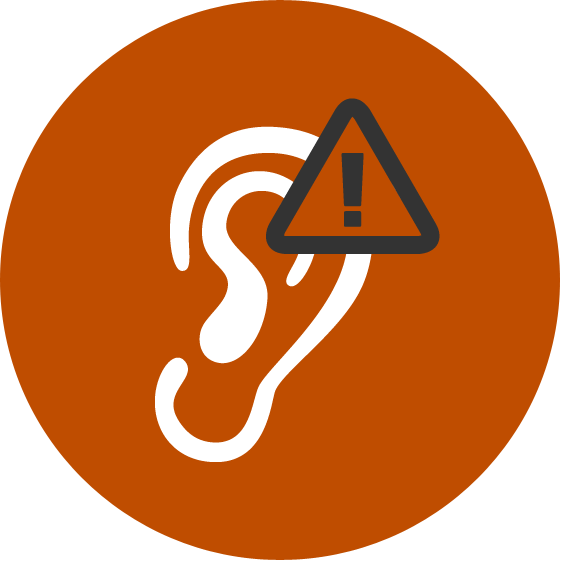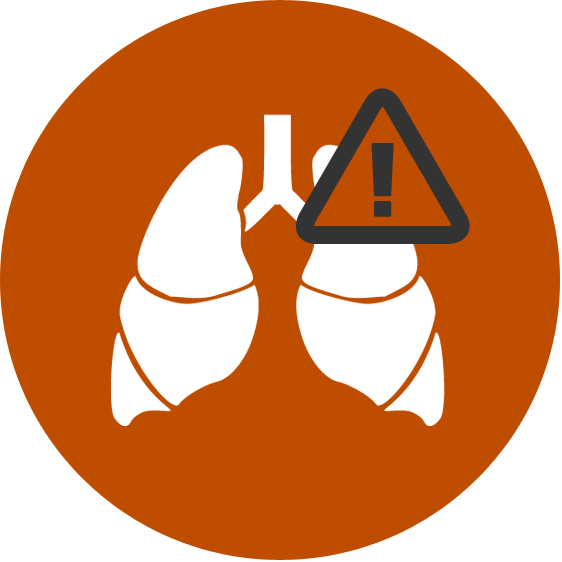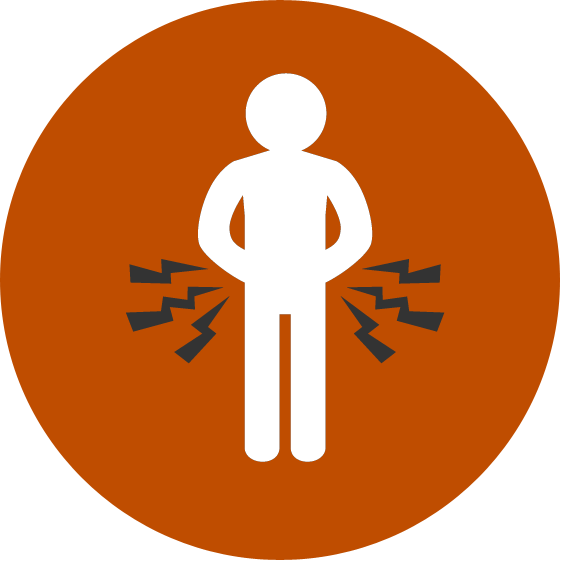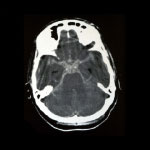The Arnold-Chiari Malformation, also known as tonsillar ectopia or tonsillar herniation, is a cerebral malfunction where the cerebellum, the area of the brain responsible for muscular movement and coordination descends through the foramen magnum, invading the spinal cord (cervical vertebral canal).
This is a malformation that may exist at birth or, which may develop over time. Sometimes, the Arnold-Chiari malformation occurs due to lack of space or due to a malformation at the back of the skull. .
There are four degrees of Arnold-Chiari malformation depending on the extension of the tonsillar descent and the morphological consequences (Grades I, II, III and IV). It is estimated that the incidence of Grade I of Arnold-Chiari malformation is between 0.6 and 0.9 %, with a predominance of 2:3 men over women. The diagnosis would be made between the ages of 30 and 40. The incidence is 0.001% in the case of Grade II of Arnold-Chiari malformation or Chiari II.
We have already mentioned grade I and II while grades III and IV include an important cerebellar hypoplasia, which has a more negative effect on the malformation. We might say that grade I corresponds to the adult while the other grades are part of malformation in a child.














